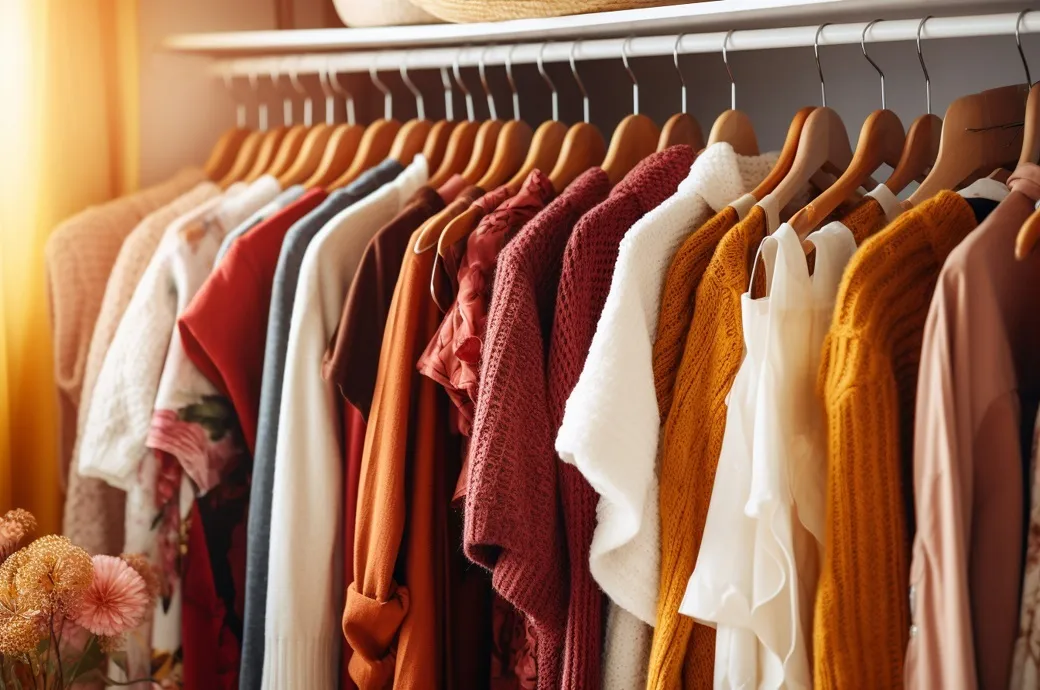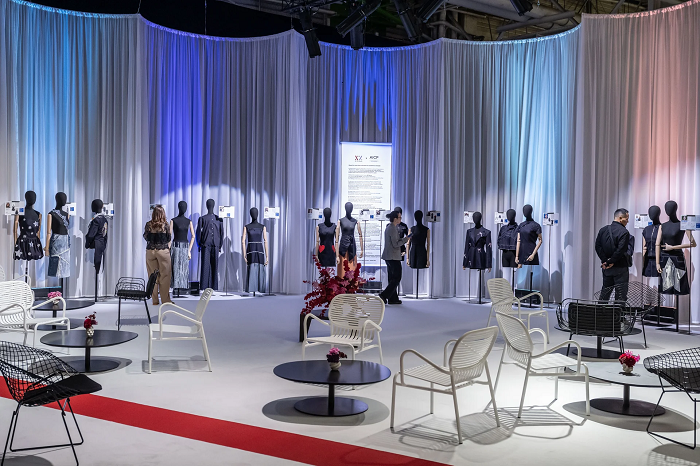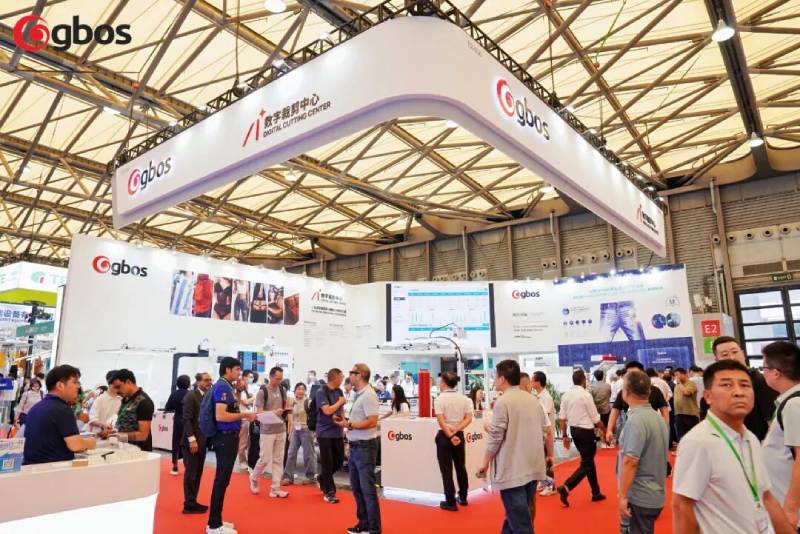"The first pair of yoga pants for women were sold by Lululemon in 1998. A mix of nylon and Lycra, these pants were synthetic elastic fibers that provided the stretch and softness needed to manage all those sweat-inducing contortions during a lengthy session on the mat. Twenty years laters, yoga pants have conquered the closet of even those people who never see the inside of a yoga studio. This evolution began in 2014, when teenagers started wearing leggings instead of jeans. Today, yoga pants form a part of their daily officewear in the US. The popularity of yoga pants has, predictably, led to the evolution of new fabrics. Lululemon Athletica , largely credited with bringing stretchy pants to the masses."
 The first pair of yoga pants for women were sold by Lululemon in 1998. A mix of nylon and Lycra, these pants were synthetic elastic fibers that provided the stretch and softness needed to manage all those sweat-inducing contortions during a lengthy session on the mat. Twenty years laters, yoga pants have conquered the closet of even those people who never see the inside of a yoga studio.
The first pair of yoga pants for women were sold by Lululemon in 1998. A mix of nylon and Lycra, these pants were synthetic elastic fibers that provided the stretch and softness needed to manage all those sweat-inducing contortions during a lengthy session on the mat. Twenty years laters, yoga pants have conquered the closet of even those people who never see the inside of a yoga studio.
This evolution began in 2014, when teenagers started wearing leggings instead of jeans. Today, yoga pants form a part of their daily officewear in the US. The popularity of yoga pants has, predictably, led to the evolution of new fabrics. Lululemon Athletica , largely credited with bringing stretchy pants to the masses, is developing new fabrics to fend off rivals — a pack that now includes the world’s biggest athletics companies.
Evolution of new fabrics
Lululemon’s original fabric, Luon, with a high proportion of nylon microfibre as opposed to a more typical polyester blend, was trademarked in the US in 2005. Many of its newer fabrics are branded and geared toward specific uses. Luxtreme is a moisture-wicking, four-way stretch fabric that’s meant to fit like a second skin. Nulux is a compression fabric meant for sweatier workouts. Silverescent is sold as Lululemon’s “stink-conquering technology,” using silver bonded to the surface of fibers to stop bacteria from reproducing. A T-shirt made from the material costs $68.
was trademarked in the US in 2005. Many of its newer fabrics are branded and geared toward specific uses. Luxtreme is a moisture-wicking, four-way stretch fabric that’s meant to fit like a second skin. Nulux is a compression fabric meant for sweatier workouts. Silverescent is sold as Lululemon’s “stink-conquering technology,” using silver bonded to the surface of fibers to stop bacteria from reproducing. A T-shirt made from the material costs $68.
Leggings from market competitors use a similar strategy, promoting the versatile pants through branded fabric combinations. For Adidas, pants boast fabrics like its sweat-wicking Climalite material or the thermal-regulating Climacool and Climawarm to accommodate training conditions. Likewise, Nike’s Dri-Fit material keeps sweat at bay and trainers dry. Even Target’s C9-branded fitness collection flexes high-functioning fabrics: Freedom Fabric is a soft blend of polyester and spandex for lifestyle or fitness, while its Embrace Fabric hugs tight to the body for a cozy feel.
Tucked away in the basement of its Vancouver headquarters is a lab called Whitespace, the retailer’s research and development skunkworks. It made yoga pants with repurposed yarn combinations normally used in lingerie.
Brands invest in women’s wear lines
The biggest businesses now in the athletic wear space have invested heavily in growing their women’s wear lines — especially in developing new fabrics and features for the once-simple yoga pant. That same year, Adidas AG began directing its youth brand, Neo, toward younger women. The German sports giant even brought on former Lululemon Chief Executive Officer Christine Day as a strategic adviser.
Adidas quickly became a formidable threat to Lululemon’s dominance. Early steps turned into exclusive designs for women through the PureBoost X line, leading to an even larger emphasis on active tops and bottoms, using technology called Climachill and Techfit, both focused on women’s training. Last year, women’s sales for Adidas grew by 28 percent, making it one of the company’s strongest segments.
Active bottoms and leggings are now a $1 billion industry, according to NPD Group analyst Marshal Cohen. Their appeal to consumers has yielded rapid sales growth that shows no sign of going. Where Lululemon found success with women consumers by providing a niche product that could satisfy casual and active uses, major brands such as Adidas and Nike completed the picture, confirming just how strong the athleisure trend could be.











